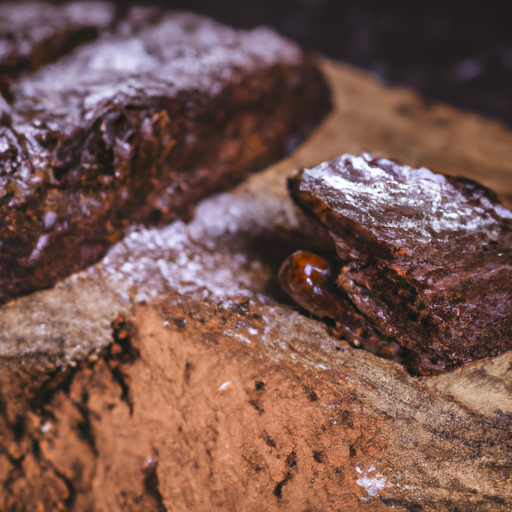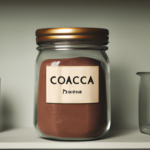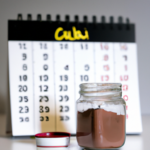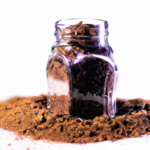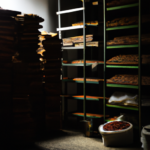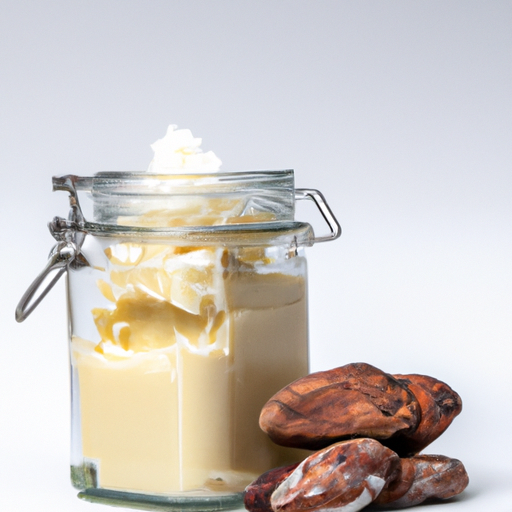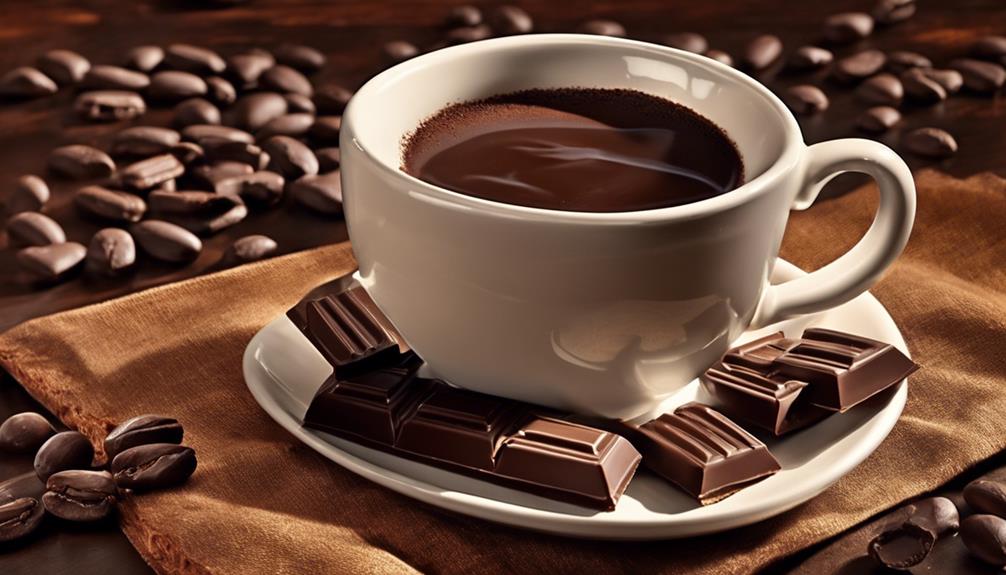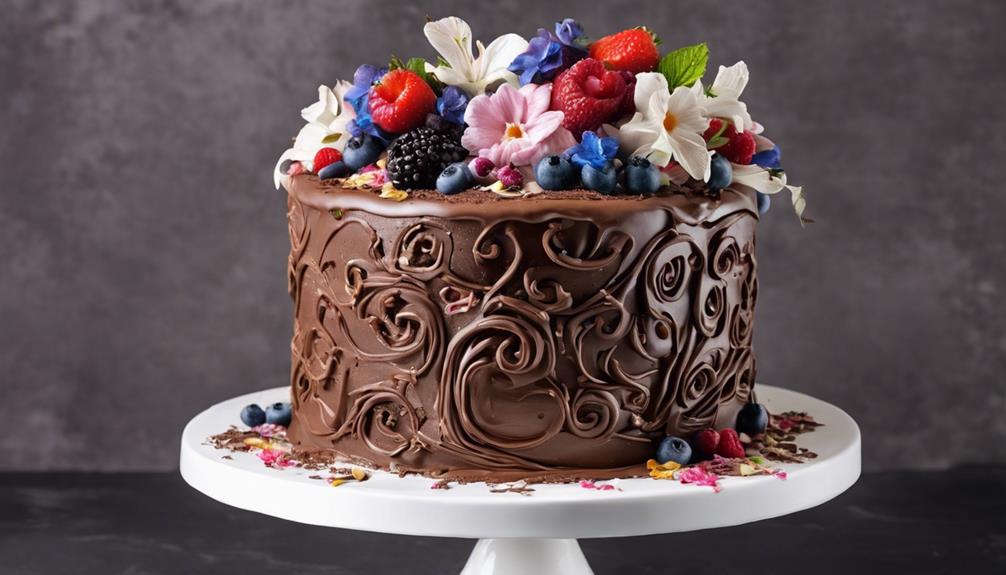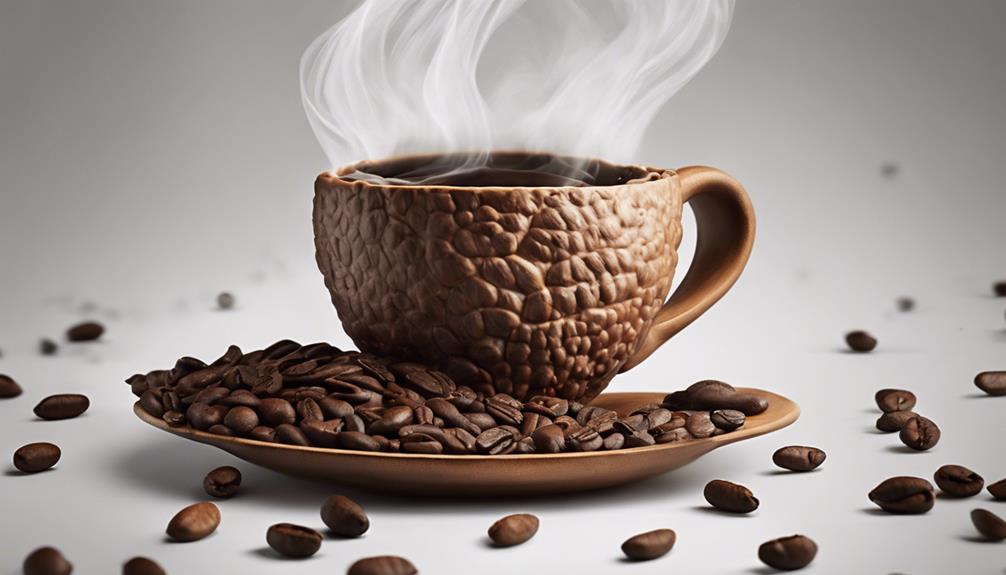Ever wondered about the shelf life of your raw cacao powder? I have all the answers you need!
Raw cacao powder is a versatile ingredient that adds a rich, chocolatey flavor to a variety of recipes. But like any food, it has a shelf life.
In this article, we’ll explore the longevity of raw cacao powder and how to keep it fresh for as long as possible. We’ll delve into the proper storage methods and discuss the telltale signs of spoiled cacao powder.
Additionally, I’ll share some tips on extending its freshness and provide alternative options if your cacao powder has expired. Whether you’re a baking enthusiast or simply enjoy a delicious cup of hot cocoa, understanding the lifespan of your raw cacao powder is essential.
So let’s dive in and discover how to make the most of this delightful ingredient!
Key Takeaways
- Proper storage of raw cacao powder in an airtight container, away from sunlight, heat, and moisture is crucial for extending its shelf life.
- Using clean utensils when handling cacao powder helps to avoid contamination and maintain its freshness.
- Fresh cacao powder enhances recipes by adding a rich chocolate flavor to smoothies, desserts, and hot beverages.
- Cacao powder is packed with antioxidants, minerals, and mood-boosting compounds, making it a healthy and beneficial ingredient to incorporate into your diet.
Understanding Raw Cacao Powder
If you’re a chocolate lover, you might be curious about the shelf life of raw cacao powder. Raw cacao powder is made from the seeds of the cacao tree and is known for its rich chocolate flavor. Not only does it taste great, but it also has several health benefits.
Cacao powder is packed with antioxidants, which can help protect against cell damage and reduce inflammation in the body. It also contains minerals like magnesium, iron, and zinc, which are important for overall health. The processing of cacao powder involves grinding the cacao beans into a fine powder, which helps to preserve its nutrients.
This brings us to the next section, where we will discuss the shelf life of raw cacao powder.
Shelf Life of Raw Cacao Powder
To keep your raw cacao powder fresh and flavorful, make sure to store it properly. Raw cacao powder has a relatively long shelf life if stored correctly. It can last up to two years if kept in a cool, dark, and dry place.
It is important to protect it from exposure to moisture, heat, and light, as these factors can accelerate its deterioration. A tightly sealed container, such as a glass jar or an airtight plastic bag, can help maintain its quality for a longer period.
Additionally, avoid storing it near strong-smelling substances, as cacao powder can easily absorb odors. By following these storage methods, you can extend the shelf life of your raw cacao powder and ensure its optimal flavor and texture.
Now, let’s delve into the proper storage of raw cacao powder.
Proper Storage of Raw Cacao Powder
To ensure the freshness and flavor of your raw cacao powder over time, it’s important to store it properly. Here are some tips to prevent spoilage:
- Store the cacao powder in a cool, dark, and dry place.
- Keep it away from direct sunlight, as exposure to light can degrade its quality.
- Use an airtight container to prevent moisture and air from getting in.
- Avoid storing it near strong-smelling items, as cacao powder can easily absorb odors.
- Maintain a consistent temperature, as fluctuations can cause the powder to deteriorate.
- Instead of using your hands, use a spoon or scoop to remove the powder to prevent contamination.
Following these storage practices will help prolong the shelf life of your raw cacao powder and ensure its freshness.
Now, let’s move on to discussing the signs of spoiled raw cacao powder.
Signs of Spoiled Raw Cacao Powder
The telltale signs of spoiled raw cacao powder can include a musty smell and a clumpy texture. If you open your container of raw cacao powder and notice a strong, unpleasant odor, it is likely spoiled.
Additionally, if the powder has clumps or feels sticky to the touch, it may have absorbed moisture and gone bad.
It is important to note that consuming spoiled cacao powder can pose health risks. Consuming spoiled cacao may lead to food poisoning symptoms such as nausea, vomiting, and diarrhea.
To ensure the freshness of your raw cacao powder, it is crucial to store it properly in an airtight container in a cool, dark place. Proper storage will help to extend the shelf life and maintain the quality of your raw cacao powder.
Extending the Freshness of Raw Cacao Powder
To extend the freshness of raw cacao powder, follow these steps:
- Store it in an airtight container in a cool, dark place. This helps preserve its freshness and quality.
- Protect it from moisture, heat, and light. These elements can cause the powder to spoil faster.
- Use an airtight container to create a barrier against moisture. This prevents it from affecting the powder’s quality.
- Store it in a cool, dark place to maintain its flavor and prevent it from becoming rancid.
- Properly stored raw cacao powder can last for several months.
- By following these simple steps, you can keep your raw cacao powder fresh and ready to use in your favorite recipes.
Recipes and Uses for Raw Cacao Powder
Indulge in the rich, velvety flavor of raw cacao powder with these delectable recipes and creative ways to incorporate it into your culinary masterpieces. Raw cacao powder is not only delicious but also packed with health benefits. From smoothies to desserts, there are endless possibilities for using this versatile ingredient. Check out the table below for some mouthwatering recipe ideas:
| Recipe | Description |
|---|---|
| Chocolate Banana Smoothie | A creamy and indulgent blend of raw cacao powder, ripe bananas, and almond milk. |
| Raw Cacao Energy Balls | These bite-sized treats are made with dates, nuts, and raw cacao powder for a healthy and energizing snack. |
| Chocolate Avocado Mousse | A decadent dessert made with avocados, raw cacao powder, and a touch of sweetener. |
| Raw Cacao Brownies | Rich and fudgy brownies made with raw cacao powder, almond flour, and maple syrup. |
| Raw Cacao Chia Pudding | A nutritious and satisfying breakfast or snack made with chia seeds, almond milk, and raw cacao powder. |
These recipes not only satisfy your chocolate cravings but also provide a dose of antioxidants and other nutrients. So, get creative in the kitchen and explore the endless possibilities of raw cacao powder in your favorite dishes. Now, let’s move on to alternatives to expired raw cacao powder.
Alternatives to Expired Raw Cacao Powder
Looking to try something new in the kitchen? If your raw cacao powder has expired, there are several alternatives you can use to still achieve that rich, chocolatey flavor.
Don’t worry, there’s no need to waste your expired cacao powder. One option is to use unsweetened cocoa powder as a substitute. It has a similar taste and can be used in the same quantities as cacao powder in recipes.
Another alternative is to use melted dark chocolate or semi-sweet chocolate chips, which will give your dishes a decadent chocolate flavor.
Additionally, you can try using carob powder, which has a naturally sweet taste and works well as a cacao powder replacement.
So, even if your cacao powder has expired, you still have plenty of options to create delicious chocolate treats.
Now, let’s move on to buying and using fresh raw cacao powder.
Buying and Using Fresh Raw Cacao Powder
Ready to elevate your chocolate game? Discover the unbeatable richness and flavor of fresh raw cacao powder.
Buying organic cacao powder ensures that you get the highest quality product without any harmful chemicals or pesticides.
Not only does fresh raw cacao powder taste amazing, but it also offers numerous health benefits. It is packed with antioxidants, which can help reduce inflammation and protect against chronic diseases. Additionally, raw cacao powder is a great source of magnesium, iron, and fiber. Incorporating it into your diet can improve heart health, boost mood, and support digestion.
So why settle for expired cacao powder when you can enjoy the incredible taste and health benefits of fresh raw cacao powder?
Now, let’s explore the longevity of raw cacao powder in the next section.
Final Thoughts on Raw Cacao Powder Longevity
When it comes to the longevity of raw cacao powder, proper storage and usage are of utmost importance. Storing your cacao powder in an airtight container in a cool, dry place will help preserve its freshness and flavor for a longer period of time.
By following these storage guidelines and using your cacao powder within its recommended shelf life, you can fully enjoy the numerous benefits that fresh cacao powder has to offer.
Importance of proper storage and usage
Properly storing and using raw cacao powder is essential for preserving its freshness and flavor. To ensure the longevity of this precious ingredient, proper handling and preventing contamination are crucial.
First and foremost, it is important to store raw cacao powder in an airtight container, away from direct sunlight, heat, and moisture. This will prevent the powder from absorbing any unwanted odors or moisture, which can lead to spoilage.
Additionally, it is vital to use clean utensils when scooping out the powder to avoid introducing any foreign particles.
By following these guidelines, you can extend the shelf life of your raw cacao powder and enjoy the benefits of its fresh and vibrant taste in your favorite recipes.
Now, let’s delve into the next section and explore the wonderful ways to savor the goodness of fresh cacao powder.
Enjoying the benefits of fresh cacao powder
Now that we understand the importance of proper storage and usage of raw cacao powder to maintain its freshness and quality, let’s explore how we can truly enjoy the benefits of this amazing ingredient.
By using fresh cacao powder, we can elevate our recipes to new heights and unlock its full potential. Whether it’s adding a rich chocolate flavor to smoothies, baking decadent desserts, or creating delicious hot beverages, the possibilities are endless.
Not only does fresh cacao powder enhance the taste of our creations, but it also provides numerous health benefits. It is packed with antioxidants, minerals, and mood-boosting compounds that can improve our overall well-being.
So, next time you reach for your cacao powder, remember to prioritize freshness and savor the incredible flavors and health benefits it has to offer.
Frequently Asked Questions
Can raw cacao powder be used past its expiration date?
Absolutely! Using expired raw cacao powder might not be ideal, but don’t despair, the benefits of this healthy delight can still be experienced. Just remember to check for any changes in smell, taste, or appearance before using.
What are some common signs that raw cacao powder has gone bad?
Some common signs that raw cacao powder has gone bad include a rancid smell, clumping, discoloration, or a bitter taste. To prevent spoilage, store it in an airtight container in a cool, dark place.
Are there any health risks associated with consuming expired raw cacao powder?
Consuming expired raw cacao powder may pose health risks, as it can become contaminated with harmful bacteria or lose its nutritional value. However, when fresh, raw cacao powder offers numerous health benefits due to its high antioxidant content and nutrient-rich profile.
Can I extend the shelf life of raw cacao powder by freezing it?
Yes, you can extend the shelf life of raw cacao powder by freezing it. Proper storage techniques, such as sealing it in an airtight container and keeping it in a cool, dark place, can also help prolong its freshness.
How can I tell if the raw cacao powder I bought is fresh?
To determine if raw cacao powder is fresh, check for a rich aroma, smooth texture, and vibrant color. Store it in an airtight container in a cool, dark place. Use it in recipes like smoothies, desserts, and hot beverages for a delicious and nutritious boost.
Does the Taste of Raw Cacao Powder Change as It Expires?
Yes, the tasting raw cacao powder flavor changes as it expires. Over time, the natural oils in the cacao powder can go rancid, affecting the taste. Fresher cacao powder tends to have a more vibrant and rich flavor compared to expired cacao powder, which can taste stale and dull.
Conclusion
In conclusion, understanding the shelf life of raw cacao powder is essential for ensuring its freshness and quality. By properly storing it in a cool, dry place and keeping an eye out for signs of spoilage, you can extend its longevity and enjoy its rich flavor for longer.
However, if your raw cacao powder does expire, don’t fret! There are plenty of alternatives available to satisfy your chocolate cravings.
Remember, when it comes to buying and using raw cacao powder, freshness is key. So go ahead, indulge in this decadent treat and savor every last bite. Bon appétit!


